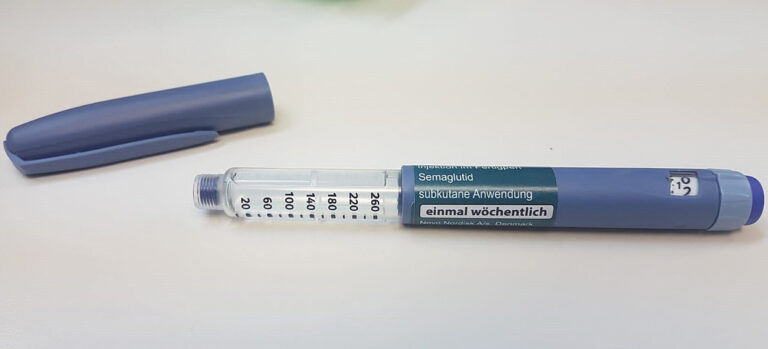3D Bioprinting is an additive manufacturing technique that uses layers of living cells (often suspended in a bio-ink) and biomaterials to precisely construct complex, three-dimensional functional tissues or organs. It goes beyond traditional 3D printing of inert scaffolds by incorporating actual biological components. This technology is accelerating advancements in two primary areas:
1) Drug Testing and Discovery—creating in vitro “organs-on-a-chip” or mini-organoids that mimic human tissues (e.g., liver, heart, brain) more accurately than simple cell cultures, leading to better toxicity screening and efficacy prediction; and
2) Regenerative Medicine—the long-term goal of fabricating functional tissue replacements for transplantation (e.g., skin grafts, cartilage).
The ability to control the spatial arrangement of multiple cell types and extracellular matrix materials is crucial for mimicking native tissue structure, making 3D Bioprinting a foundational technology for both personalized drug development and the future of organ replacement.


